Veterinarian who smuggled liquid heroin into US through puppies' bellies sentenced to 6 years in prison
The dogs would have to undergo surgery twice -- to insert and remove the drugs.
A veterinarian student convicted of implanting heroin into the stomachs of puppies to smuggle drugs into the United States has been sentenced to six years in federal prison.
Andres Elorez, 39, was arrested in Spain for crimes he committed more than a decade ago and was extradited to the U.S. last year to face trial in federal court in the Eastern District of New York.
Elorez, a Spanish national who went to veterinary school in Colombia, pleaded guilty to conspiring to import heroin. In court documents, he was described as "one of the best students in his class," but prosecutors said his skills were used for "criminal purposes" with complete disregard for the dogs in his care.
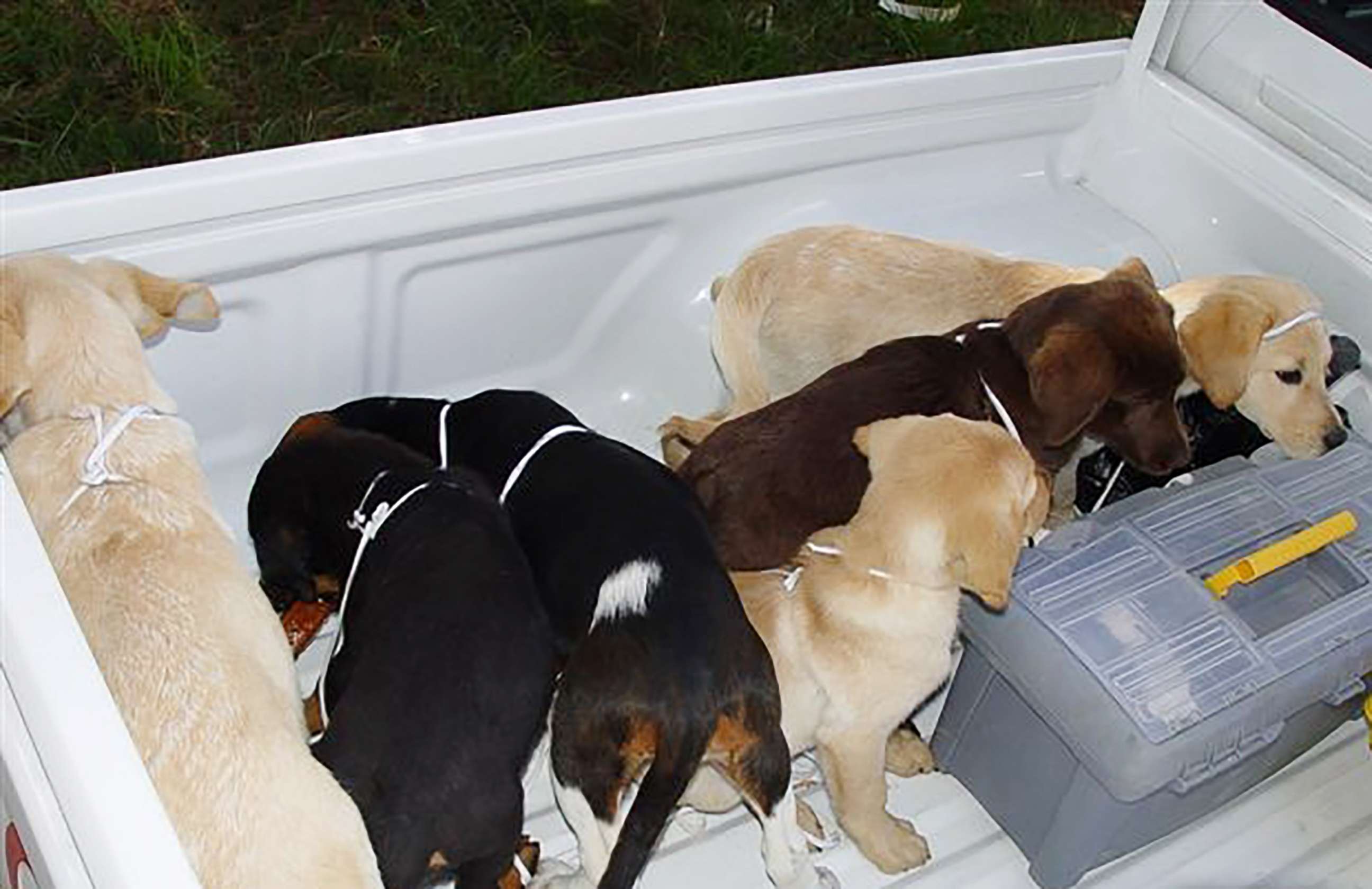
The elaborate plan to smuggle heroin into the country included surgically implanting packets of liquid heroin into the bellies of puppies who acted as couriers, prosecutors said, accusing him of betraying a veterinarian's pledge to prevent animal abuse, in addition to his role in drug trafficking.
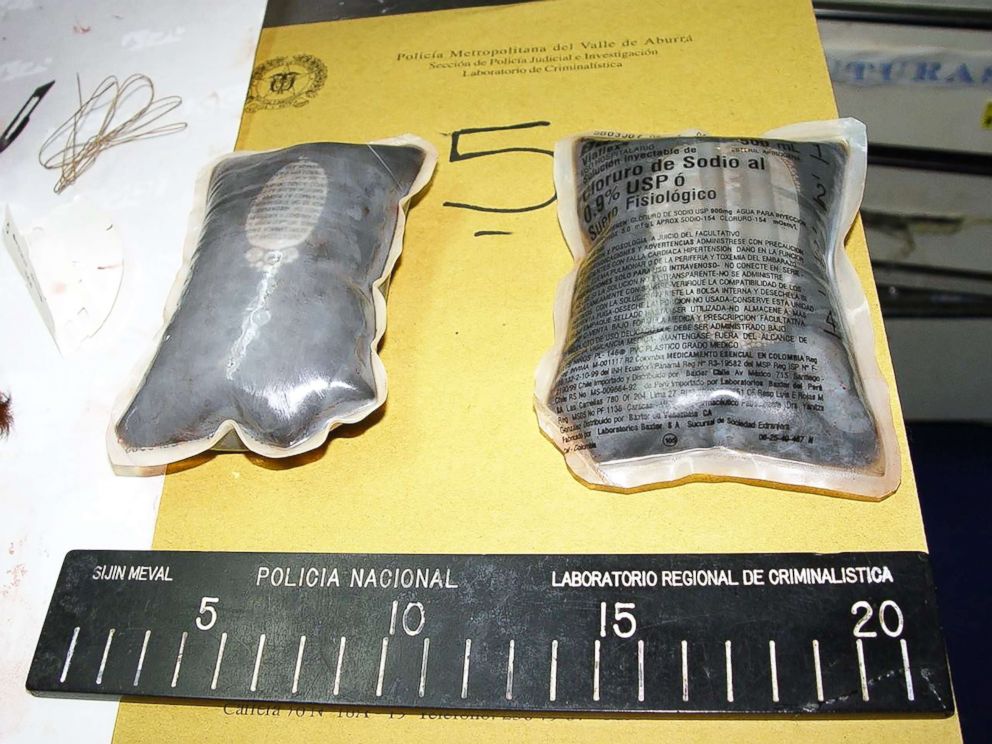
The dogs would undergo surgery again once they arrived in the U.S. to remove the drugs from their bodies, according to prosecutors. Bags of liquid heroin were implanted in at least nine dogs, and at least three died as a result.
"As a veterinarian-in-training, the defendant had a duty to do no harm to animals, and he betrayed that duty when he used his veterinary skills as part of a scheme to implant liquid heroin into dogs so that Colombian narcotics traffickers could surreptitiously import heroin into the United States," prosecutors wrote in their sentencing submission.
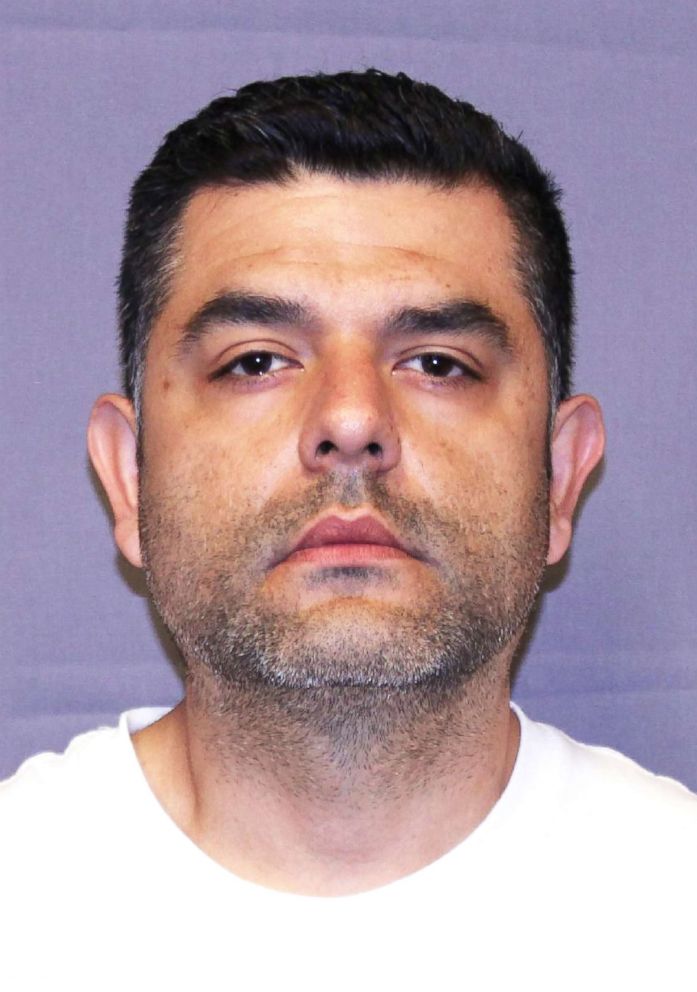
Evidence shows that the scheme was "calculated and aberrant" and involved Elorez setting up a safe location to conduct the surgeries -- a farm in Medellin, Colombia, where he would raise dogs and perform the surgeries, prosecutors said.
When authorities searched the farm, they examined the dogs and surgically removed 10 bags of liquid heroin and seized others that were waiting to be implanted.
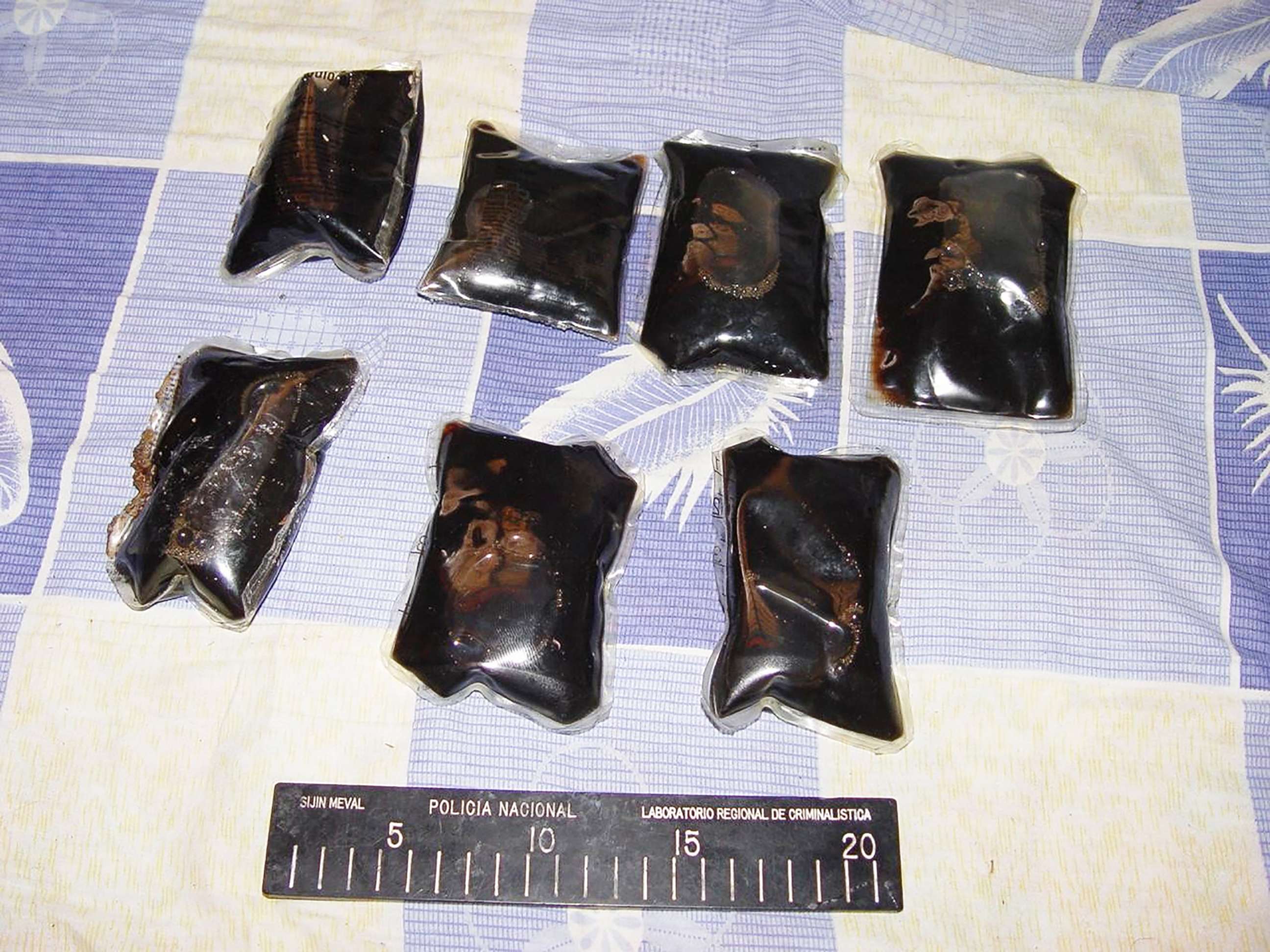
One of the dogs who was rescued, named Donna, was later trained to be a drug detection dog for the Colombian National Police, according to court documents.

Another, a Rottweiler named Heroina, became a narcotics dog in the U.S., according to the U.S. Drug Enforcement Administration (DEA).
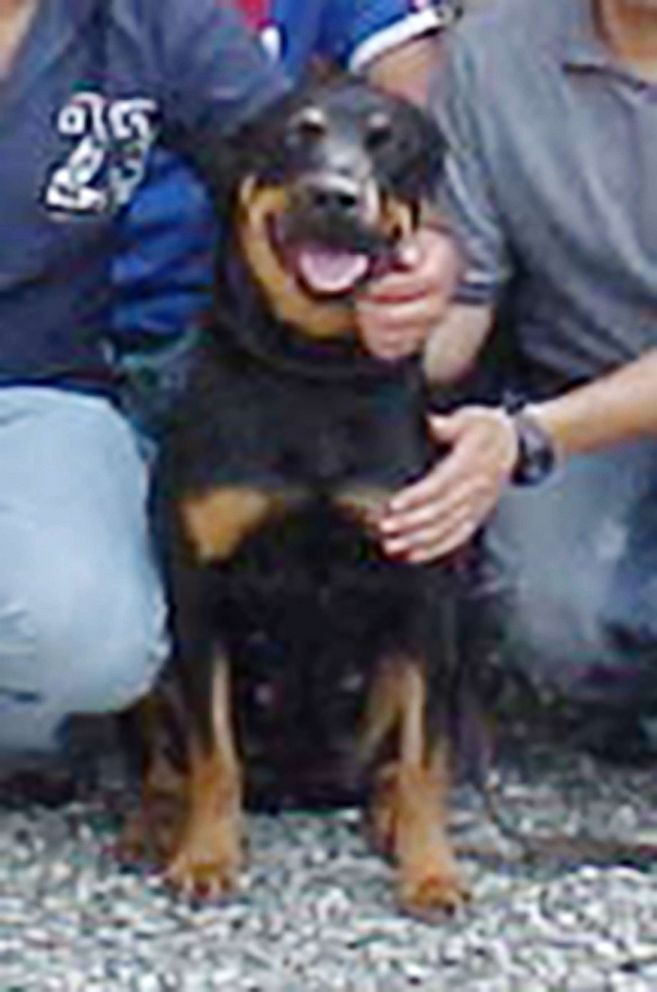
Elorez admitted to his crimes in his plea hearing on Thursday, saying he "conspired with an experienced veterinarian" to smuggle the drugs using the dogs as living couriers.
"I did this even though I knew I was doing wrong and I was committing a crime," he said.
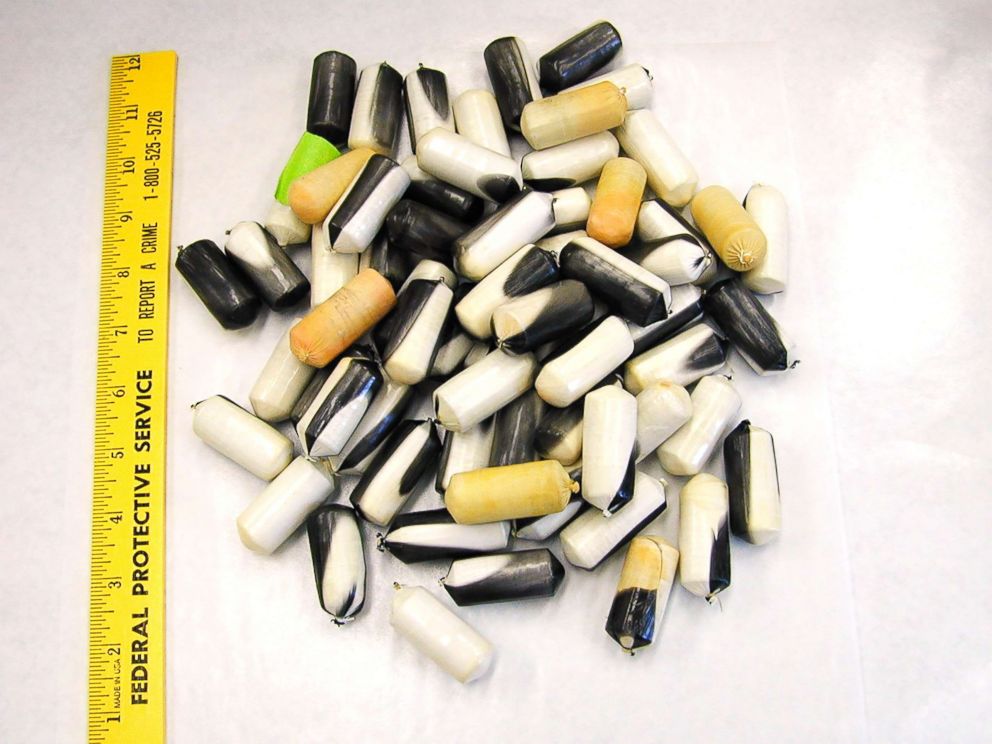
Elorez initially faced up to a life in prison for his charges. He had been in custody in Spain from 2015 until he was extradited to the U.S. last year and will be deported after his sentence is complete.
"Every dog has its day, and with today’s sentence, Elorez has been held responsible for the reprehensible use of his veterinary skills to conceal heroin inside puppies as part of a scheme to import dangerous narcotics into the United States," said Richard Donoghue, United States Attorney for the Eastern District of New York.




